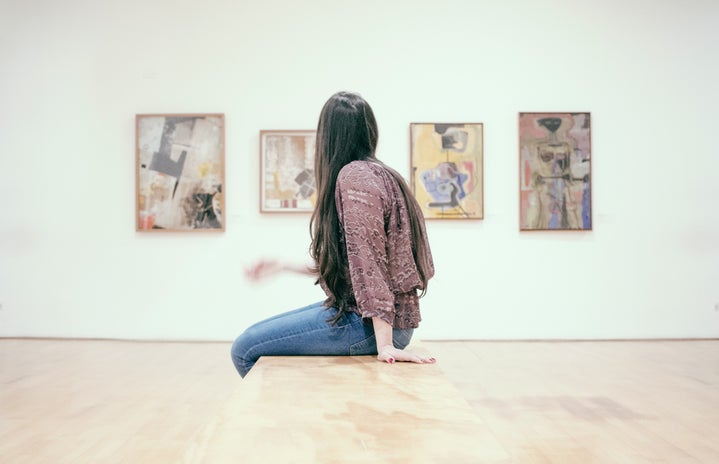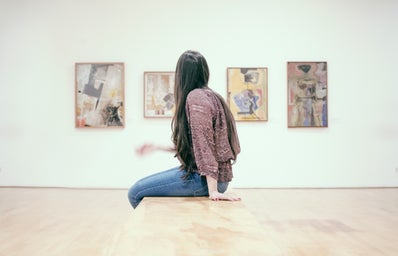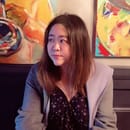Museums are designed to collect and preserve the human and natural past, and to enable people to understand the value and importance of cultural heritage through these objects. The original concept of museums is that people have the awareness of collecting things, and the earliest museums in human history were created by Ptolemy Soter in the city of Alexandria, Egypt in the third century BC. The Temple of the Muses was a place dedicated to the collection and study of cultural treasures and was not open to the public. Sadly, it was destroyed by war in the 5th century AD. The word “museum” is derived from the Greek word for the muse. Moreover, the first national museum to open to the public is the British Museum in Bloomsbury, London, which officially opened 274 years ago in January.
Let’s follow me in exploring three museums in Washington state!
#1 Washington State History Museum
One day, after I watched the movie Midway, I learned about the stories from before and after the attack on Pearl Harbor in 1941. Due to the hatred of the local American people, the former President of the United States issued an executive order to imprison all Japanese Americans on the Pacific coast. To get more information, I went to Washington State History Museum to explore the historical moments of the detention of Japanese Americans after Pearl Harbor in World War ll. The name of the exhibition was Remembrance. In this exhibition, I saw many photos, items, and letters of Japanese people who were imprisoned during WWII such as the suitcases they brought when they went to the concentration camp, and I saw the video of Japanese survivors being interviewed. As the museum entrance sign says “History is happening,” walking through that tunnel transported me back to that era and the events shown. Even though we can never experience those historical events with our ancestors, we feel the contemplation brought by history and war from the perspective of viewers. Besides Remembrance, there was an exhibition called “The Negro Motorist Green Book” which also taught me a lot. It was about the historical pain of discrimination against African-Americans in the states. From the exhibition, I felt the inequality and pain that African-Americans suffered at that time through photographs, films, and art installations. I hope that everyone can go to this exhibition, to learn and feel the historical footprints of more African-American travelers in the United States.
#2 The Museum of Flight
I used to do research papers on aircraft history and wars in school, so I have some understanding of the relevant historical background of the exhibits at the Museum of Flight. The Washington State History Museum takes people into history from the perspective of the ground, while the Museum of Flight takes us to explore the path of history from the perspective of the sky. The Flight Museum is the largest non-profit aviation museum in the world. It contains civil aircraft, military aircraft, space planes, as well as Vietnam Veterans Memorial Park, the historical traces of Vietnam’s division, and the fighter jets used in World War I and II. What I enjoyed about this museum was that its exhibitions combined the exhibits and the historical backgrounds into pictures that could be imagined by viewers. Furthermore, its exhibitions were very diverse and special. It gave me the possibility to explore the great space of history. I would recommend a Taiwanese historical war drama called A Touch of Green. The story follows the suffering and separation of air force pilots and their families during turbulent periods. I thought about this drama from the warplane exhibit in The Museum of Flight. In the past, people made airplanes to pursue the dream of flying in the sky, but the planes actually brought people endless pain and constant war in the long process of history.
#3 Burke Museum of Natural History and Culture
The museum displayed Northwest native art, dinosaur fossils, plant fossils, our material world of archaeology, and other cultural collections from Washington state and beyond. Surprisingly, the specimen of Baird’s beaked whale is permanently displayed in the Burke Museum. Baird’s beaked whale was a rare cetacean that was once commercially hunted by Japan and wasn’t listed as endangered or threatened as we weren’t able to estimate their numbers. Moreover, the mass killing of fish by humans has caused an imbalance in marine diversity. Not just fish, the extinction of all marine species has a negative impact on our ecological environment. Sorrowfully, thousands of blue whales in our oceans had been ruthlessly hunted over the last century.
I think the Burke museum tells us how beautiful and special these creatures are, and they also tell us that we don’t want other creatures to disappear from the world because of our selfish harm. Furthermore, there were many laboratories in the museum. Scientists in the lab were working hard to maintain and fix the various collections. When I watched them work, I felt like I was also part of the members who were protecting the exhibits. Especially, a fossil researcher was working on specimens of a monospecific genus of caenagnathid dinosaur Anzu. The specimen was discovered by Burke Museum field staff in northwestern Montana. I saw a fossil researcher use tools to clean the surface of fossils and try to piece together different parts of the fossils. Lastly, I saw a lot of waste in different layers of soil in the “Our Material World exhibition” of archaeology. Those wastes are the footprints of our existence at different times. This exhibition presented people’s living conditions and habits through these footprints.
Conclusion
Though human beings are constantly creating civilizations, those civilizations can’t permanently live in the present. However, we found a way for keeping those civilizations, and that’s what museums are for. By building and visiting museums, we can perpetuate the past and continue into the future.


